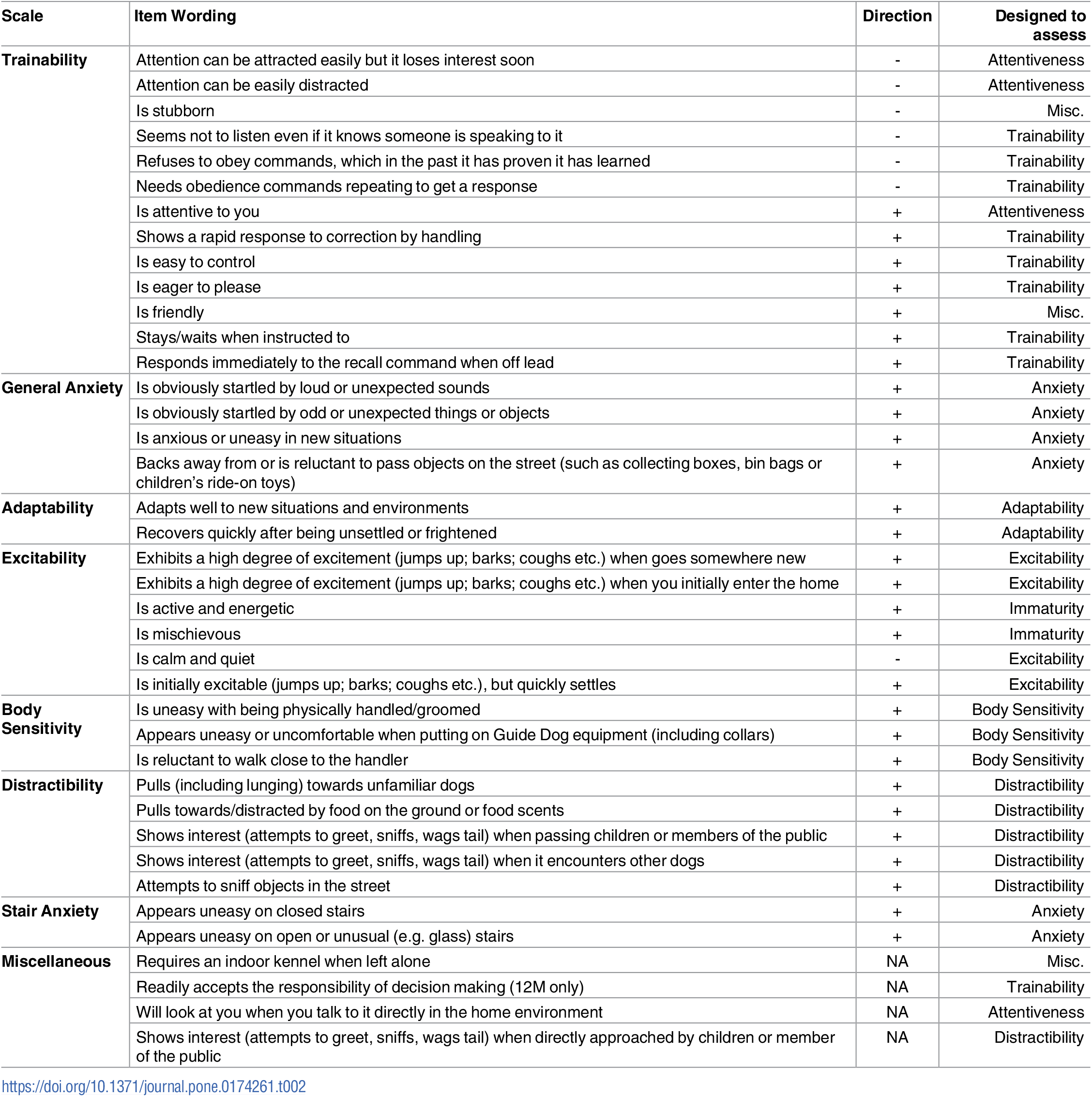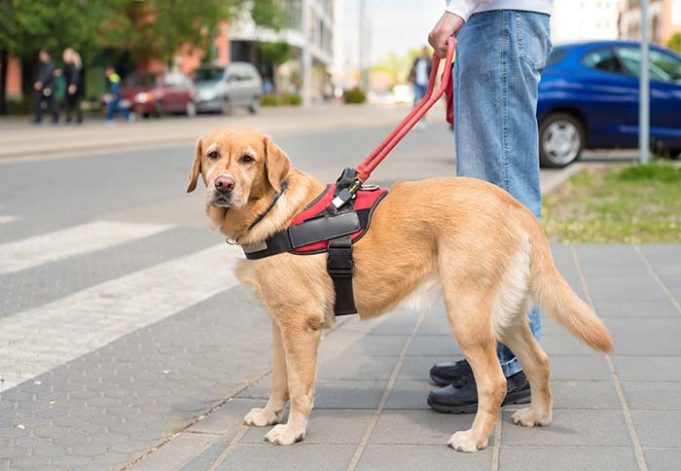A young dog’s likelihood of becoming a successful service dog can now be more accurately predicted by using a newly developed tool.
Have you been thinking of getting a guide dog but have trouble finding the right companion? Fret no more, because animal behavior experts at the University of Nottingham recently devised a new method for determining which puppies are likely to successfully complete guide dog training and become the best service dogs out there.
The research was funded by the U.K. charity Guide Dogs. This organization and others like it serve to regularly assess the behavior of the dogs they breed for training, and assist blind people with picking the right companion.
In fact, not all dogs bred and trained for guiding turn out to be suitable for the job. So what makes a canine a perfect guide dog, and how do they know this? I'll explain this in just a minute, but first, why was this research conducted in the first place?
Why Was This Tool Needed?
guide dogs UK is the largest charity of its kind, turning out 1,400 dogs annually to be possible guide dogs.

In cooperation with a £500,000 epidemiology research collaboration with Guide Dogs, scientists at the University’s School of Veterinary Medicine and Science have invented and tested a questionnaire tool for dog trainers which will help better determine a dog’s potential success in the guide dog training program.
This tool, called the Puppy Training Supervisor Questionnaire (PTSQ), helps dog trainers from Guide Dogs UK monitor and evaluate the behavior of each dog, and has successfully predicted the outcome in almost 17 percent of dogs aged 5-12 months, with an accuracy rate of 84%.
The goal is to weed out the dogs who will be unsuitable for the role before they enter the costly and time-consuming formal guide dog training program. In addition, the PTSQ can also be used to improve understanding of young dogs’ behavior; Guide Dogs will use this information to enhance their future training processes. This will improve success rates.
The full study was published in the journal PLOS ONE.
Dr. Naomi Harvey, the project’s lead researcher, explained that being able to predict the suitability of working dogs as puppies has always been a huge challenge to organizations like Guide Dogs. Every dog is different in their behavior and personality which (as in people) are heavily influenced by their upbringings and life experiences.
RELATED: Brain Scans Can Help Us Choose Better Service Dog Candidates
Details of the Questionnaire
Harvey is happy that the PTSQ assessment is able to effectively identify the most and least suitable dogs for service work, along with those in the middle who are at risk of eventually failing their guide dog training.
The PTSQ questionnaire is just one of a suite of tools that the University of Nottingham developed for Guide Dogs UK. It was designed for dogs aged 5, 8 and 12 months old.
Questions were sourced from previously published literature or created as per Guide Dogs staff suggestions.
The overall study uncovered seven (7) interpretable and reliable character scores for measurement by the questionnaire:
- Body sensitivity
- Trainability
- Adaptability
- Distractibility
- Excitability
- Stair anxiety
- General anxiety

Photo: 2017 Harvey et al.
Was the Puppy Questionnaire Successful?
The research also sought to evaluate the reliability and accuracy of the questionnaire. Training supervisors completed 1,401 questionnaires and the results were a consistency shown in the scores of individual dogs over the three age ranges.
58% of dogs involved in the study went on to qualify as guide dogs; 27% were declared unsuitable for the work on a behavioral basis, and the rest were declared unsuitable on a health basis. Dogs with exceptional character and temperament were actually selected for breeding.
In the future, researchers say this work could additionally be used to follow up on the working life of the guide dogs. This may help shed light on why some dogs get retired early for behavioral reasons, as well as the human-dog factors which influence the success of the partnerships.
READ NEXT: How to Get a Service Dog for Anxiety or Depression
Journal Reference:
- Harvey ND, Craigon PJ, Blythe SA, England GCW, Asher L (2017) An evidence-based decision assistance model for predicting training outcome in juvenile guide dogs. PLOS ONE 12(6): e0174261. https://doi.org/10.1371/journal.pone.0174261













